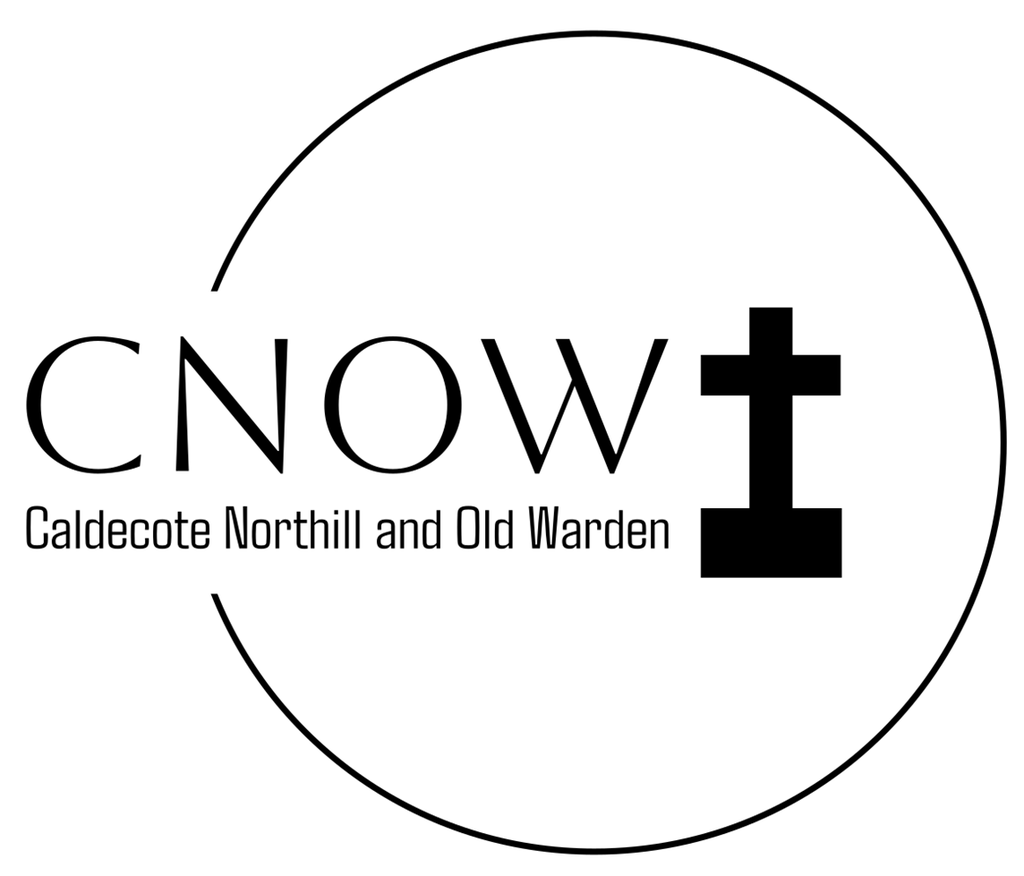About Us
The Abbey Church of St. Leonard of Old Warden, a magnificent Grade I listed church in Old Warden, Bedfordshire, has seen many centuries of history and religious devotion. This sacred place, steeped in serenity and tranquillity, echoes with the prayers of countless souls over nearly a millennium, inviting all who enter to experience the divine within its hallowed walls.
The current church of St Leonards dates back to the reign of Henry I, in the early 12th century, when French influences and culture abounded following the Norman conquest. It was during this period that the Cult of St. Leonard gained significant popularity in France, possibly inspiring the dedication of this site to the saint.
Although the lower part of the tower is of Norman architecture, the structure as you see it today is mainly 13th-century, with a blend of identifiable additions over the following three centuries. The intricate wooden interior, dating to the mid and late 19th century, has significantly transformed the church. A post-war porch is the most recent addition, a testament to the church's evolving history and a sign that this is still a living church, not a fossil of a bygone age.
The church is most famous for its intricately carved wooden decorations. Unfortunately, several of these panels, including 15 depicting scenes from the Bible, were stolen in 1997 and have not been found. The church is now looking to replace them with modern carvings in a similar style. The many remaining carvings come from different periods and places, mainly from Belgium, France, and Italy. Some panels, identified by the initials AC surmounted by a crown, were said to have been removed from Anne of Cleves's private chapel. The serpents on the front pew are particularly noteworthy. One was damaged during the 1997 burglary and repaired by local craftsmen, while another was stolen and completely replaced.
St Leonard's is named after Leonard of Noblac, a 6th-century hermit from the Limousin district of France. He is said to have converted to Christianity on Christmas day in the year 496 and became a monk, turning down the offer of a Bishopric to advocate for prisoners. He gave work to those whom he freed, clearing the forest around his hermitage. Thus, he prepared them for employment and a life of honesty following their sentences. Miracles attributed to Leonard include prisoners whose chains fell off and who subsequently became followers of the saint. Other notable places named after him include St Leonards on Sea in East Sussex.
Although you may be drawn to St. Leonards as a tourist, eager to see these historic decorations, take a moment to stop and reflect on the ages of prayer and service that have taken place here. Consider also the saint who devoted his life to freeing prisoners. Here, you can encounter St Leonard's Lord, the living God who offers liberation from whatever prison or bondage you find yourself in today.
As Charles Wesley described his encounter with Christ:
"My chains fell off, my heart was free:
I rose, went forth, and followed thee."
The same God wants to liberate you from all that holds you back.






